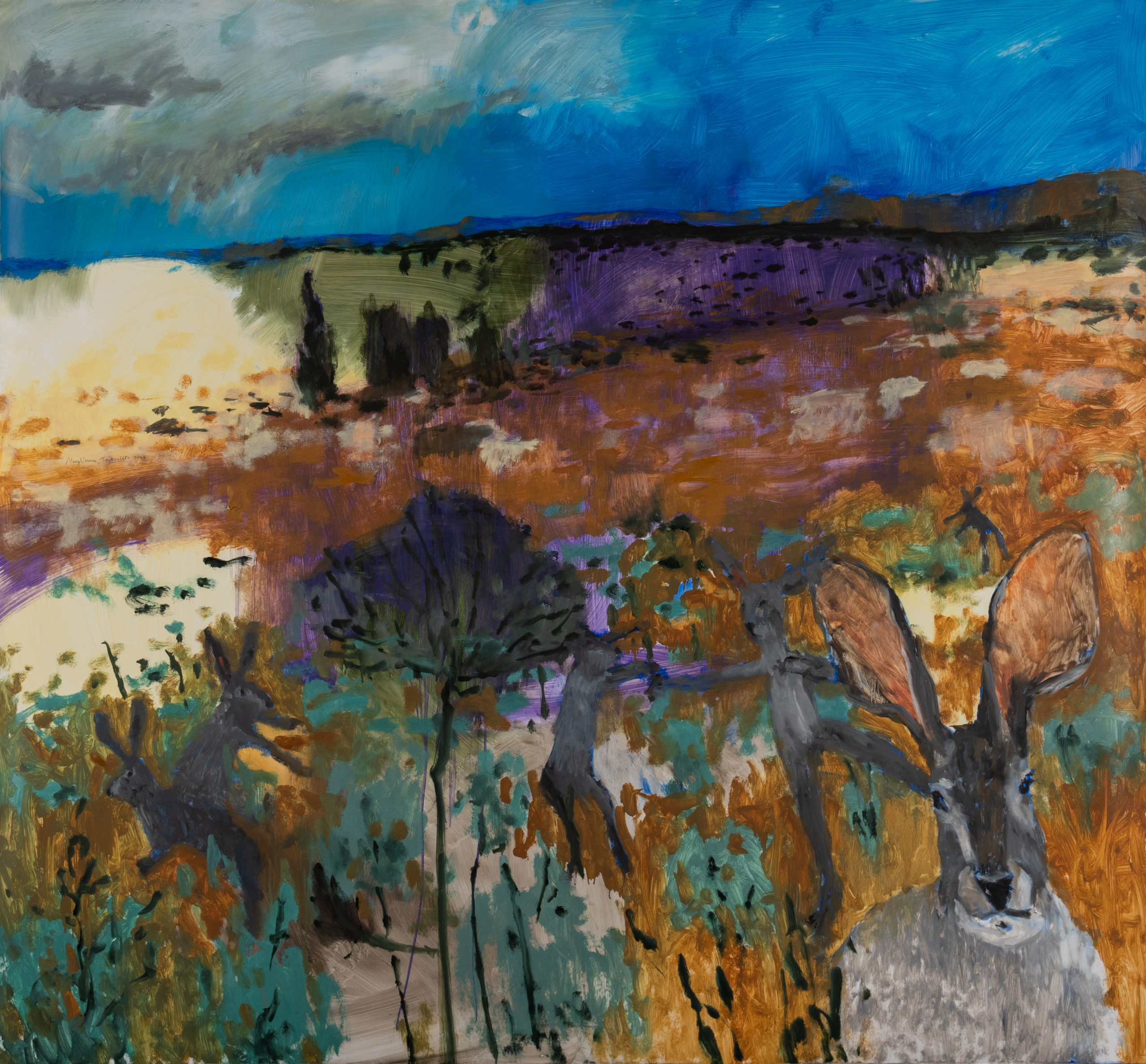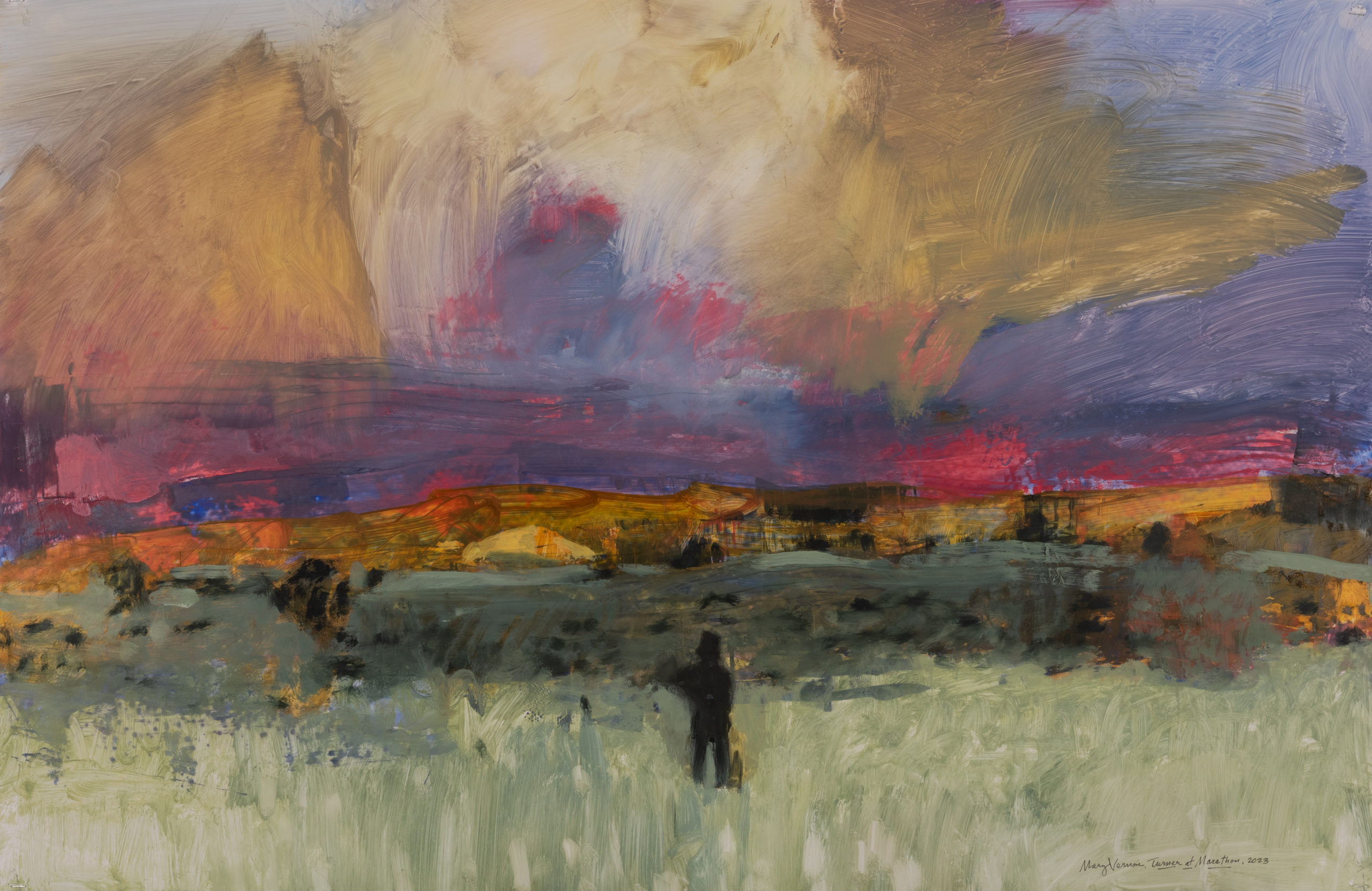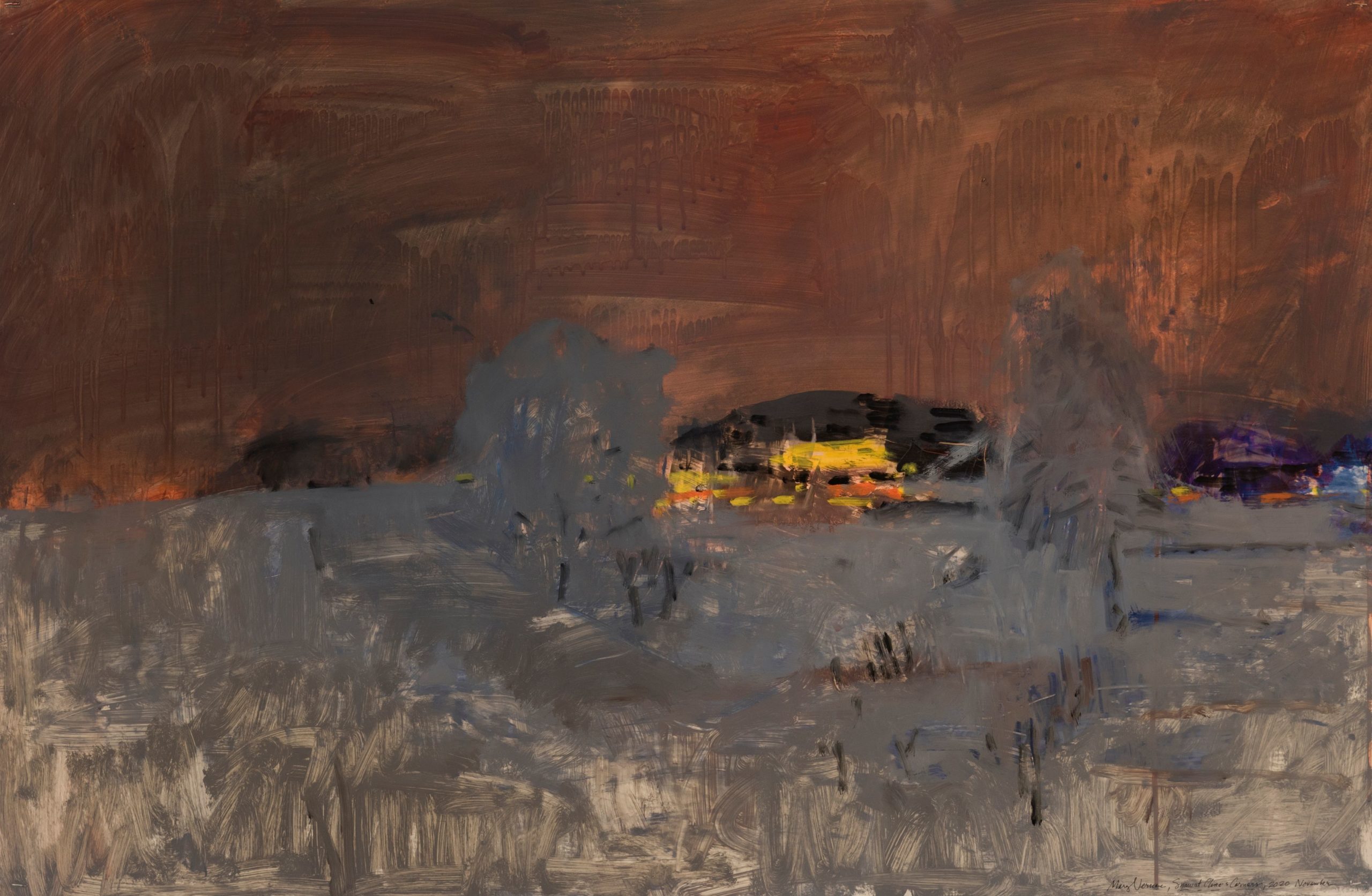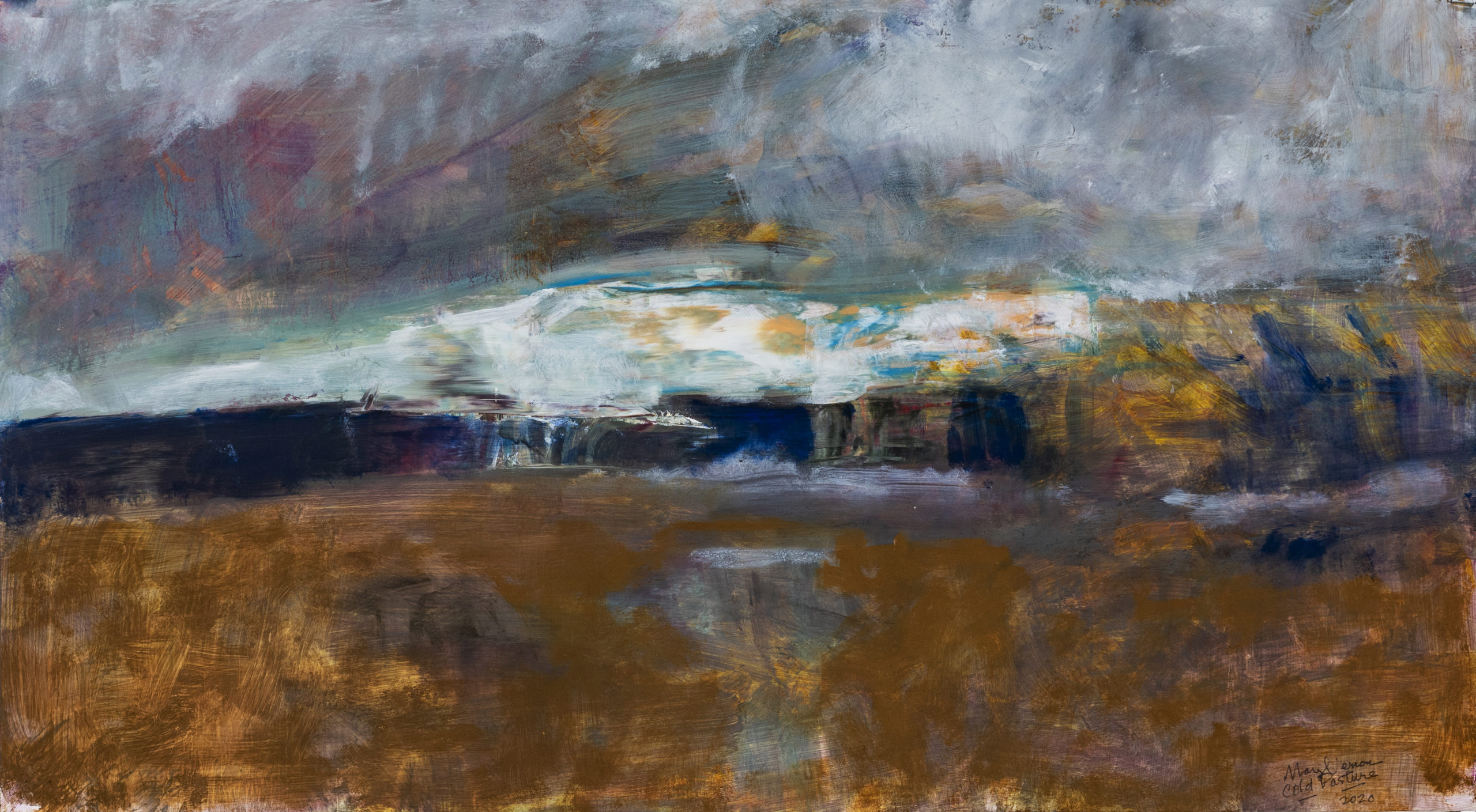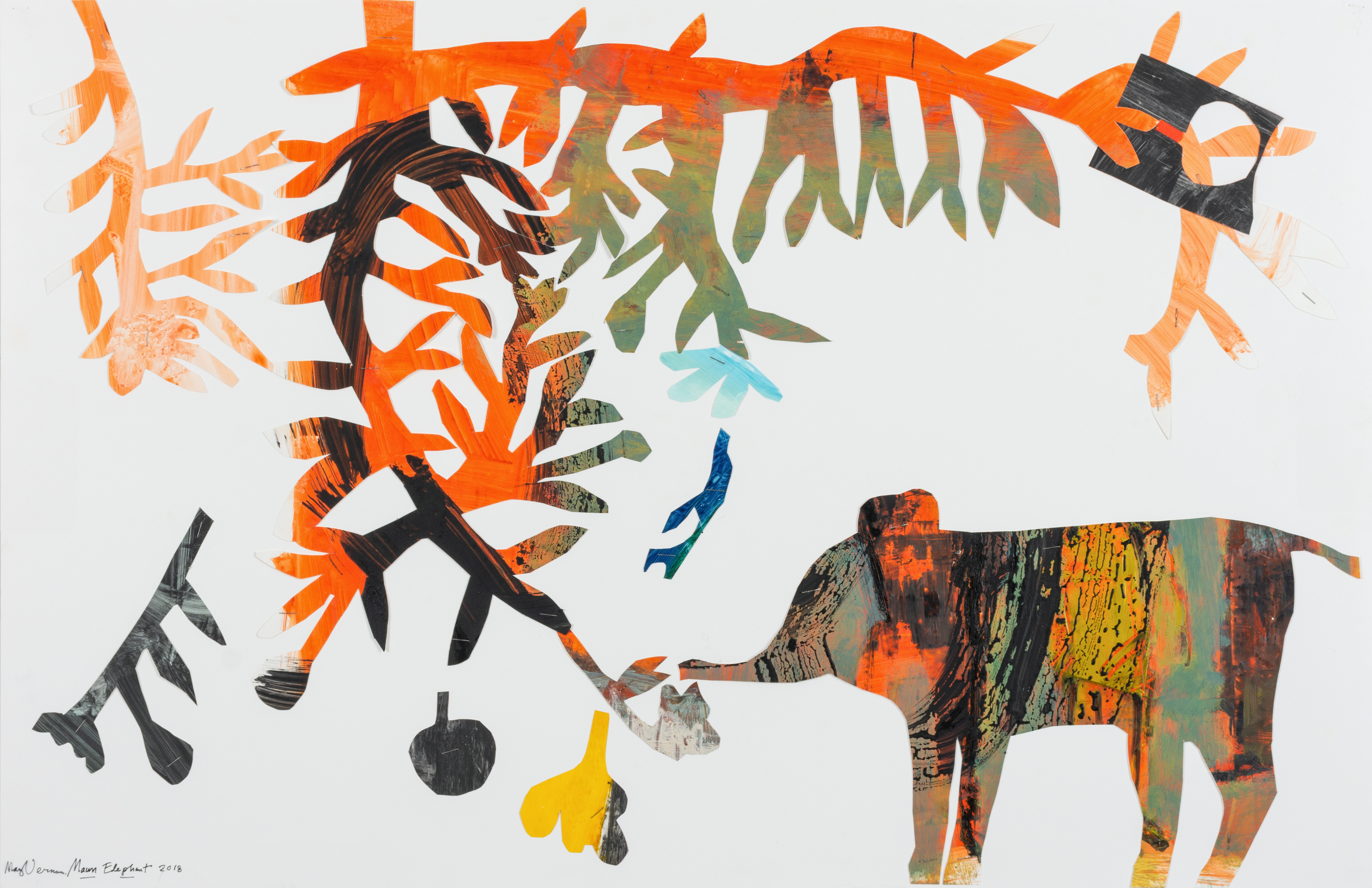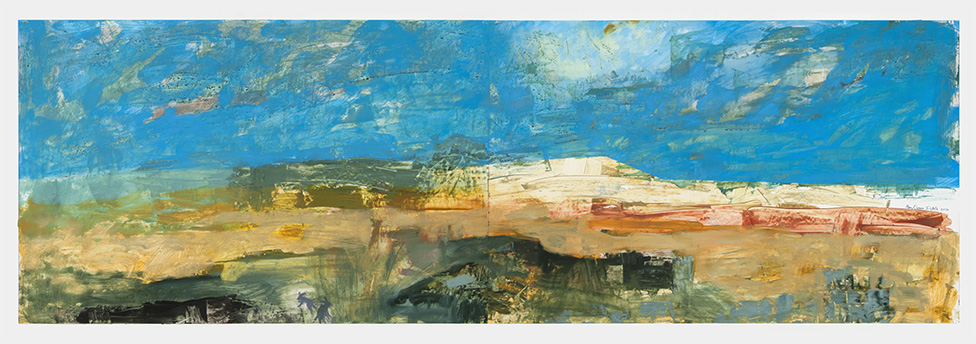
Fields at Mora
The Fields at Mora
Dennis Boatright, 2017
As Atlas lay down a piece of the globe
A remnant became a totality
Heartened was I to have stumbled across it
With its yellow patch of the sun’s memory
And the blue of the ocean’s refrain
But the presence of the grass
Oh how it presented its secrets to me
As If I were the only one who could see them
So I promised myself that one day I would return
To lie under the dark presence
And become a brother of the earth there
With the gray blue sky as my forever view
In the wondrous and final grasp
Of the fields at Mora.
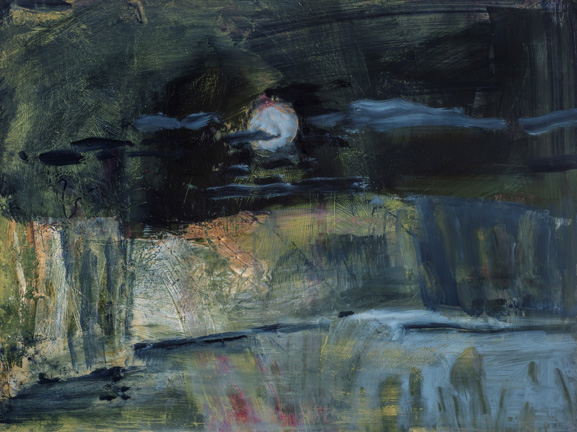
Moon at Caprock
Moon at Caprock
Dennis Boatright, 2018
The orb
Shadowed and pregnant
Is a dweller we all know
She is the origin, the maternal
Of all
Marking her way by taunting us
Blurred today
Bombastically orange sometimes
Recedingly blue from her perchless perch
Dangling like a great opening
A door to our fate
Imbuing the chaos below
An emotional mother is dangerous
To her children
And we are come forth from her milk
This somatic treasure that allows
The seen to become the known
Like the way the hills pour onto the fields
But not really
For how can they be separate or
Even blended
When the essence of both
Is born of her eye
And makes me wonder if night is her day
